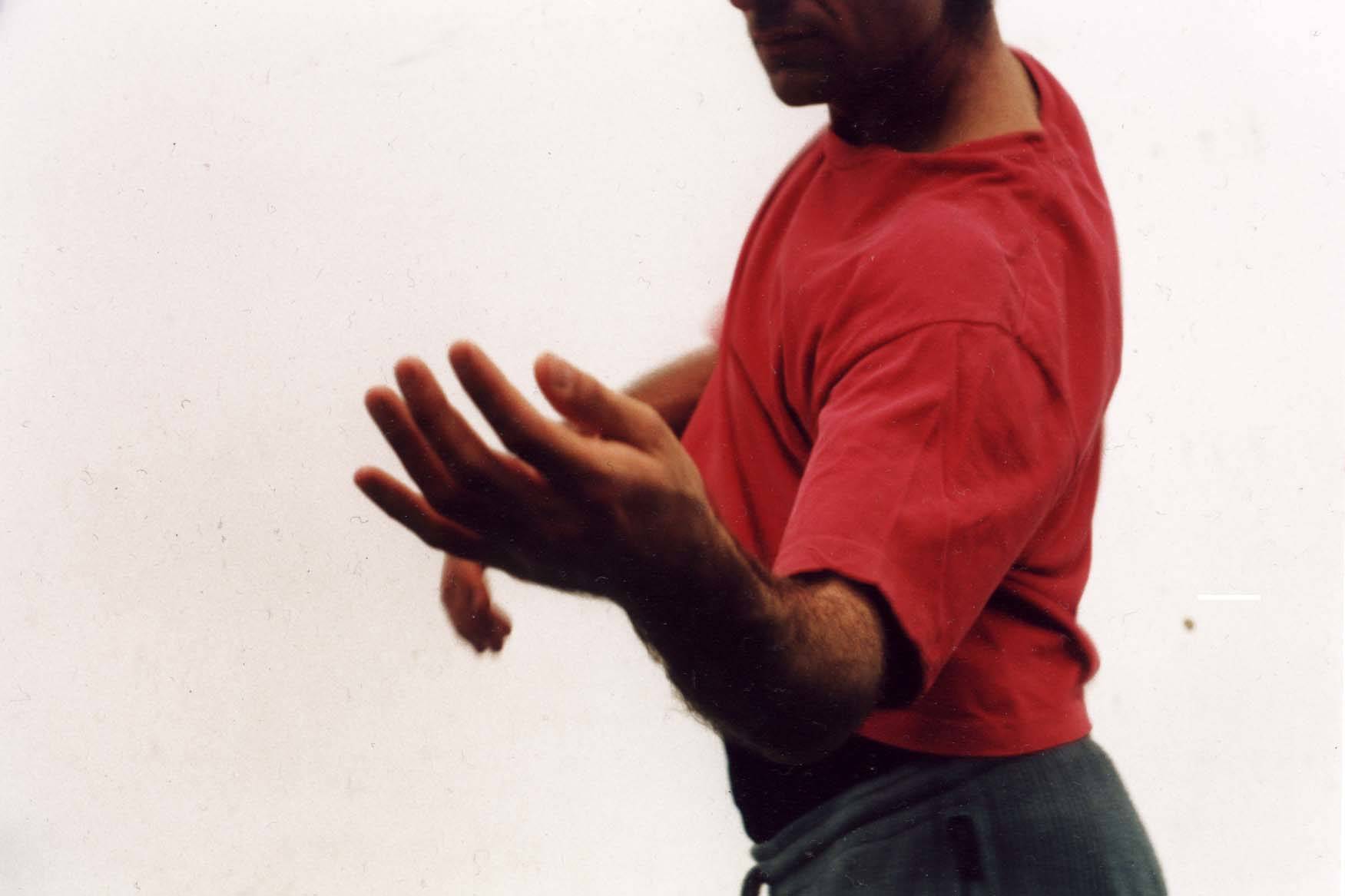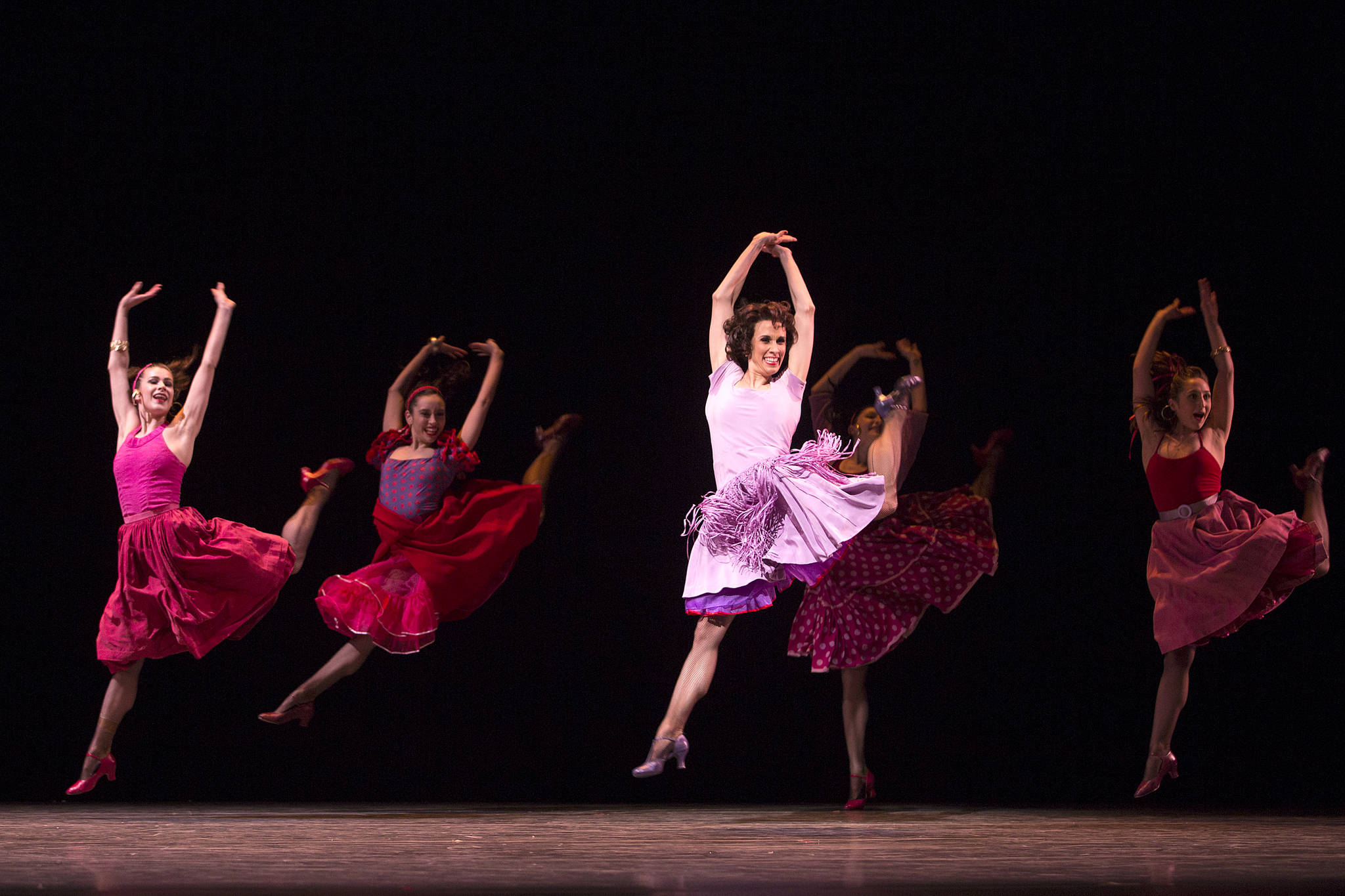UW SUMMER ARTS FESTIVAL
UW Campus, call festival hotline 221-2327 times and prices vary Tues., July 16-Sat., July 20
No matter what we actually did after high school, most of us have an image of college life that includes brick buildings, leafy trees, and a professor in a tweedy jacket who talks seriously about things like Beauty and Truth. And, at some point in our lives, we want to be in that classroom and hear that discussion; we want to believe that those pure, contemplative ideas are still important ones in a cacophonous world. Sometimes our tongues are planted so firmly in our cheeks that we forget how to have an authentic encounter with what moves us.
UW philosophy professor Ron Moore’s specialty is aesthetics, but for his truth-and-beauty lectures offered to the public during the university’s upcoming Summer Arts Festival, he leaves behind some of the more arcane references to delve into the inspirational stuff of experience—what actually happens to us when we see art.
“Beat,” the theme for this summer’s events, seems to suggest the idea of rhythm and music, but Moore also wants to explore a different interpretation: the work of the Beat writers of the 1950s.
“Let’s really go back and look at them, take off the rosy glasses of nostalgia,” he proposes. “A lot of what they did was just awful, yet there was some spark, some fascinating core of discovery, of novelty, that resonates with our times. In their age, they were not just rebelling against political authorities and the burgeoning power of government in our lives. They were rebelling against the overpowering influence of theory, the explanatory frames for things, interpretations of things. They wanted to recover something that was honest and direct and primordial, something directly connected to the rhythmic beat basic to life.”
Moore wants us to draw the primal connection between these artists and our lives, as well as to our own part of the country.
“Forty-eight years ago [essayist/poet/ Beat influence] Kenneth Rexroth and several others went to Desolation Peak near Ross Dam and spent the summer at a forest lookout,” he says. “You think of [the Beats] in New York City coffeehouses, but they gained some of their beatitude from a sense of the spiritual connection between individuals and the natural world, by isolating themselves in these towers, in long days of intense looking.”
The UW festival should give everyone a chance to indulge in some “intense looking”—as well as listening—with performances in dance, music, and theater and visual arts installations. The resident Chamber Dance Company is doing a trio of jazz influenced works by Anna Sokolow, Danny Buraczeski, and Murray Louis, while faculty member Rob Kitsos has made Dance on the Quad, a sequel to last year’s thoroughly enjoyable outdoor piece. The drama department is staging Dario Fo’s controversial Accidental Death of an Anarchist as well as collaborating with dance artists on a movement and spoken-word piece called Eurhythmic Voices. Music programming ranges from a premiere by renowned guitarist Bill Frisell and illustrator Jim Woodring to a residency by the Ethos Percussion Ensemble (which includes a drum circle for the community), along with performances by the Seattle Creative Ensemble, the Jay Thomas Quartet, and the David Douglas New Quintet.
In among the rest of the offerings are a series of lectures and symposia by UW faculty and guests; Moore’s daily commentary anchors the week. Going back to his thoughts on the Beats, he gives what might almost be a prescription for an experience with the arts.
“[They were] not trying to be urbane or polished—not like writers trying to please the editors,” he says. “They wanted the vision of children before they have a lot of words and theories. The Holy Grail of the beat movement is the quest for aesthetic innocence.”









